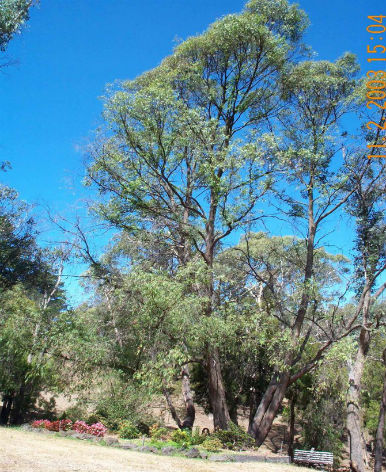Phytophthora is a serious plant disease that affects a wide range of plant species in both wild and cultivated situations.
The most serious outbreak of Phytophthora was Ireland’s Potato Famine during the 1840s, caused by P.Infestans which was responsible for the deaths of millions through starvation.
The Avocado industry is also affected by P. Cinnamomi. In the past there were serious losses due to this pathogen. Growers now control this disease through stem injection.
The most commonly known species out of cultivation is P. Cinnamomi; it is also known as “Dieback”, the Jarrah forests of Western Australia are very susceptible to this pathogen.
Symptoms
Symptoms such as drought, water logging and sun scorch shouldn’t be confused. Initial symptoms can be similar to other diseases – they include trunk lesions, yellowing, dieback particularly on one side of the canopy; leaves can develop brown patches or scorched tips. Basal damage is common with bark rotting around the stem base as in citrus due to C.Citrophthora.
Below the surface the disease has its most insidious effect with roots dying and decaying as the pathogen spreads blocking the vascular system.
Phytophthora has a complex lifecycle with a mobile phase that moves via ground water and seepage. It is often noticed that trees on the high side of a hill start to die as the disease spreads with the flow of ground water.
Zoospores and Mycelium can spread with dirt on shoes or implements, care must be taken when entering areas such as nurseries etc.
Proof of Effect
 Before: Micro-injected on, October 3rd 2003.
Before: Micro-injected on, October 3rd 2003. After: Rapid recovery is evident by April 27th 2004.
After: Rapid recovery is evident by April 27th 2004. Before: 2003 Treatment with micro injection.
Before: 2003 Treatment with micro injection. After: 2005 New vigour & canopy growth evident.
After: 2005 New vigour & canopy growth evident. Before: At treatment micro injection with systemics.
Before: At treatment micro injection with systemics. After: New and vigorous growth increased leaf mass.
After: New and vigorous growth increased leaf mass.Acknowledgments: Ian W. Smith Forest Science Centre for diagnosis fact sheet.
Document by Environmental Tree Technologies 2009 No Reproductions or Use is Permitted without Written Consent.






